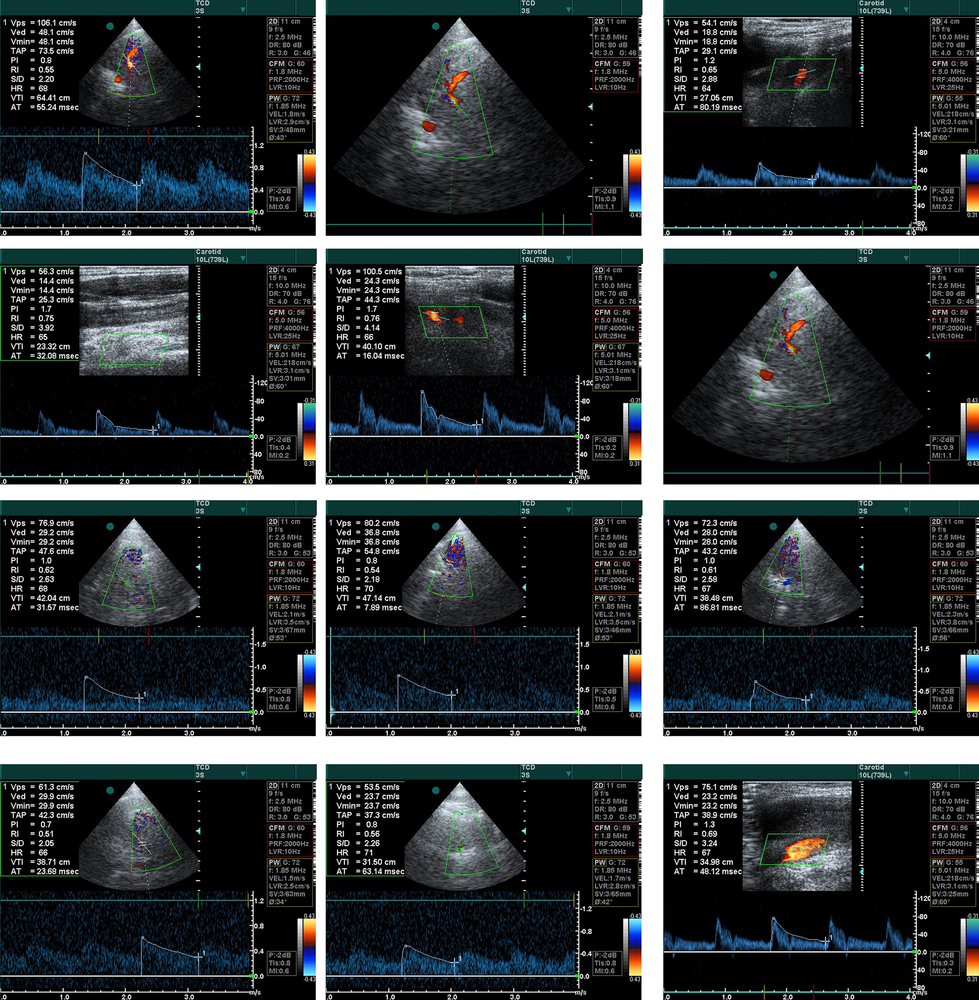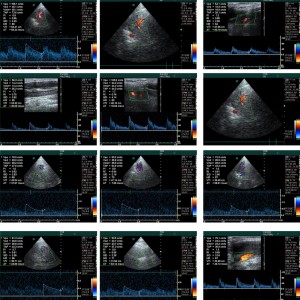Researchers Use New Method to Predict Pancreatic Damage in CF Patients

 In a new study entitled “Ultrasound echo-intensity predicts severe pancreatic affection in cystic fibrosis patients,” the authors suggest ultrasonography is a suitable and effective diagnostic tool to evaluate pancreatic function in cystic fibrosis patients. The findings could help physicians better diagnose and treat the pancreatic issues and conditions in CF patients. The study was published in the open access journal Plos One.
In a new study entitled “Ultrasound echo-intensity predicts severe pancreatic affection in cystic fibrosis patients,” the authors suggest ultrasonography is a suitable and effective diagnostic tool to evaluate pancreatic function in cystic fibrosis patients. The findings could help physicians better diagnose and treat the pancreatic issues and conditions in CF patients. The study was published in the open access journal Plos One.
Cystic fibrosis (CF), an autosomal recessive disease characterized by thick and viscous secretions in several organs as a consequence of mutations in the cystic fibrosis transmembrane conductance regulator (CFTR) gene, which leads to organ damage as a result of defective secretion. One important organ often damaged in CF patients is the pancreas, with up to 88% of patients with the disease developing exocrine pancreatic insufficiency (i.e., a decrease in pancreas exocrine enzymes resulting in impaired food digestion) and exhibiting pancreas atrophy, fibrosis and accumulation of fat.
In the study, researchers determined whether ultrasounds, a commonly used procedure to evaluate the pancreas in cystic fibrosis patients, are able to determine exocrine pancreatic function and how it correlates with certain CF genotypes. To this end, the authors performed transabdominal ultrasound in 39 patients with CF (who were at least 15 years of age) and in 29 healthy controls, registering pancreas echo intensities and their parenchymal characteristics.
[adrotate group=”1″]
According to exocrine pancreatic function, patients were divided into two groups, sufficient (20 patients) and insufficient (19 patients). The team found a higher pancreatic echogenicity (i.e., the return signal in ultrasound examinations) in CF patients with pancreatic insufficiency when compared to sufficient patients and healthy controls. This parameter is a measure of the amount of pancreatic parenchyma that is replaced by fat, a process known as pancreatic lipomatosisis. The authors observed that the evaluated parameters corresponded to CF genotype, as well as to the Pancreatic insufficiency prevalence (PIP) score. Of note, researchers determined that in CF patients, pancreatic lipomatosis is a good predictor of patients’ exocrine pancreatic insufficiency.
As a result, authors suggest that, while the efficacy is still lower when compared to MRI, transabdominal ultrasound is a radiation free technique that allows repeated examinations. Additionally, it’s a low cost exam and the low impact on patients’ well being makes it one of the most suitable diagnostic tools for routine follow-up on CF patients.






